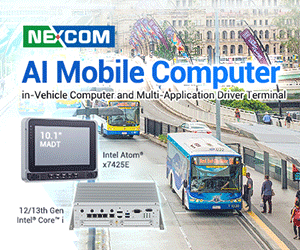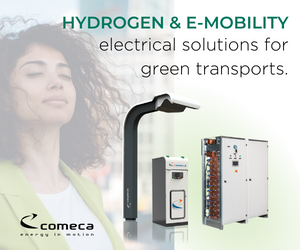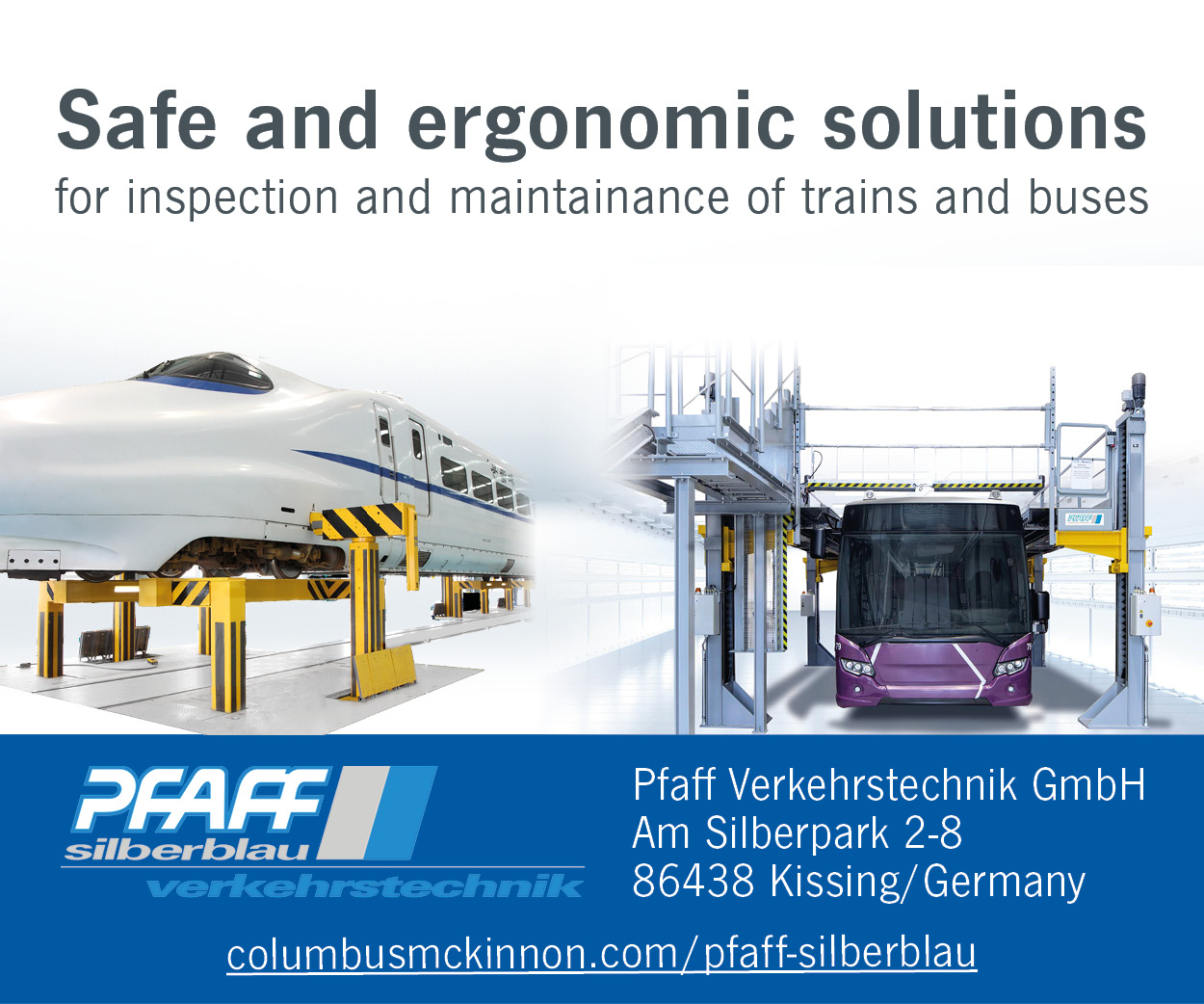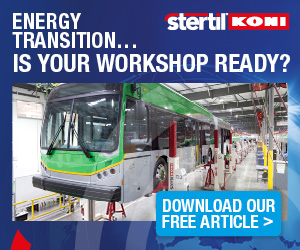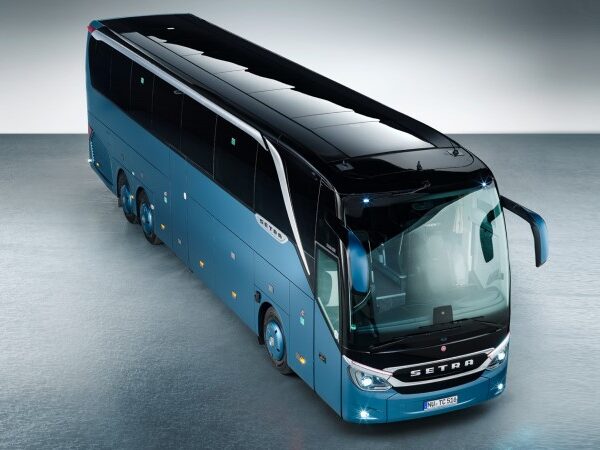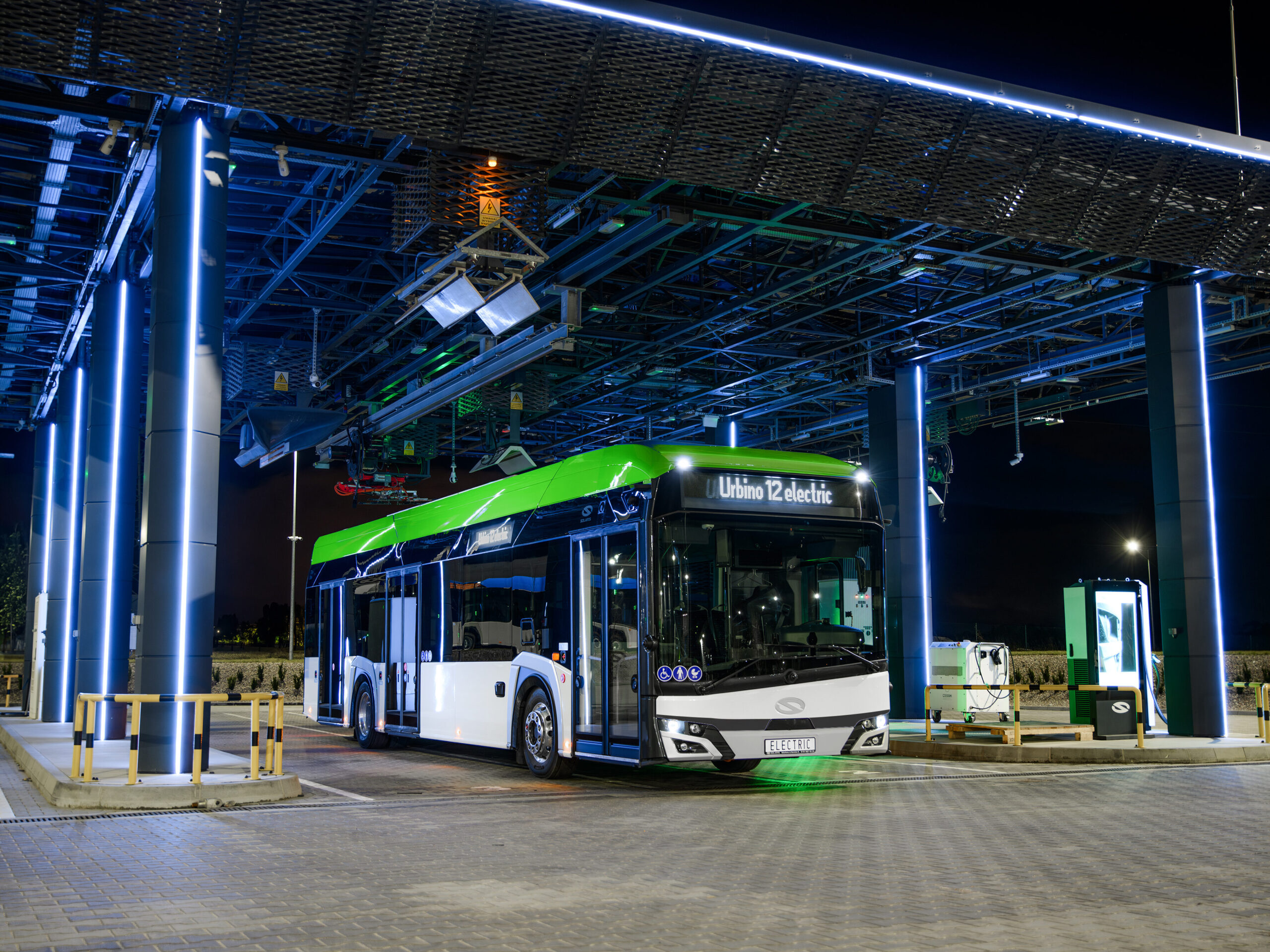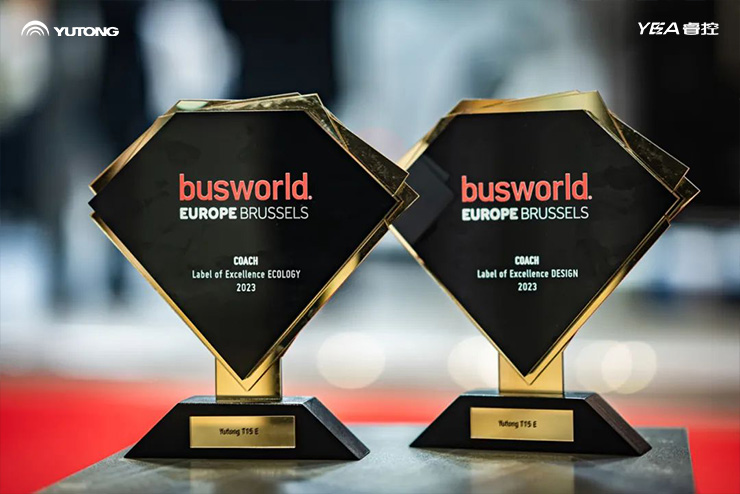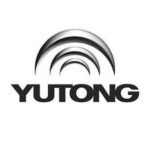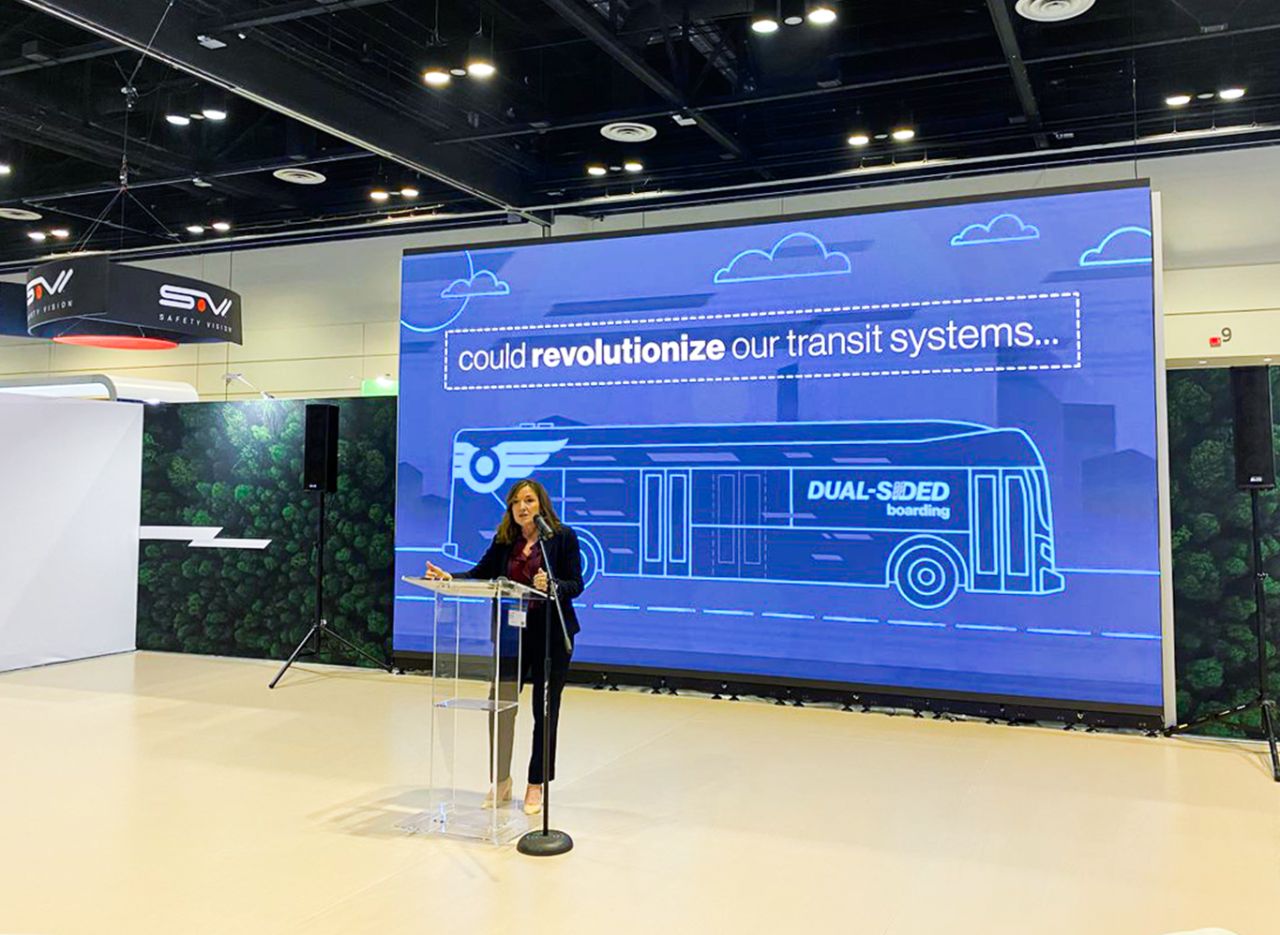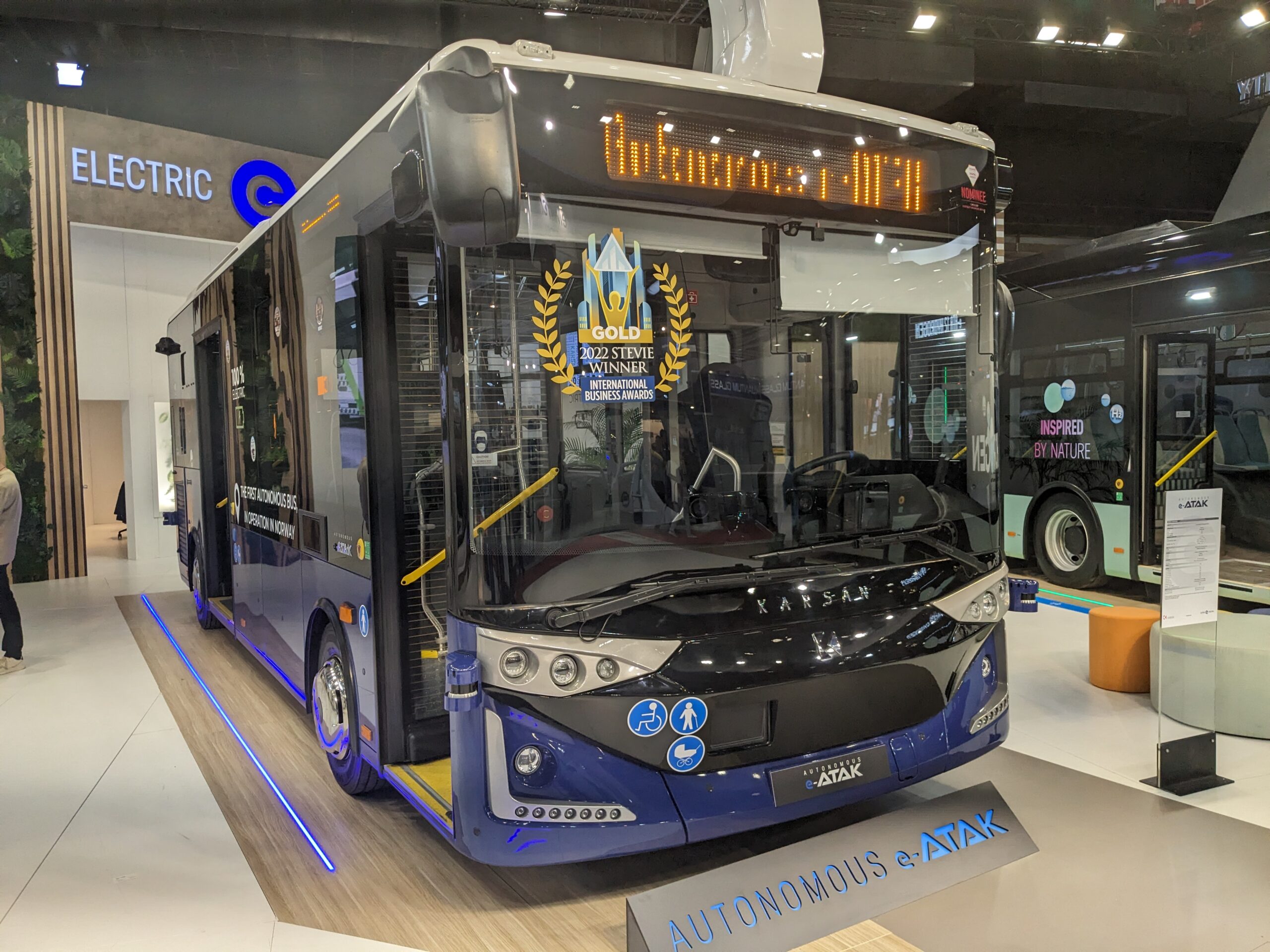From 9–12 October, the ZEB Conference took place at Busworld Europe in Brussels, Belgium. The trade show and corresponding conference highlighted the ongoing progress and hurdles in decarbonising the bus and coach sector and shed light on whether a zero-emission future is truly in sight.
At its press conference, Daimler Buses asserted that in the best-case scenario, the industry would be capable of halving tailpipe CO2 emissions from buses and coaches by 2030. This would include a 100% reduction from city buses, which could all be converted to zero-emission vehicles. Meanwhile, the manufacturer set a 20% reduction target for coaches, as a more challenging and problematic sector to decarbonise.
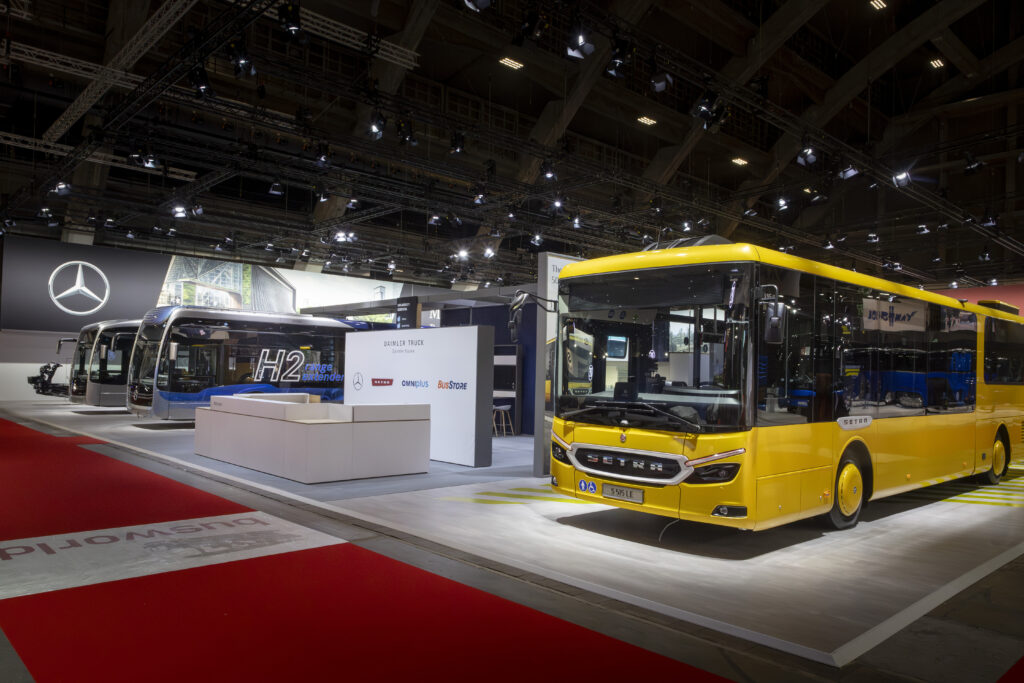
For city buses, Daimler’s vision aligns with the EU Commission’s new ‘ZEV Mandate’ in which all new buses must be CO2-neutral by 2030. However, by the same date, the Commission is planning a 45 percent reduction in CO2 from the coach sector, which the manufacturer believes to be unrealistic.
At Busworld, Till Oberwörder, CEO of Daimler Buses, argued that the inability to achieve this target would not be due to a lack of zero-emission vehicles, as suitable vehicles with longer ranges and generous luggage space are emerging on the market. Instead, the target would be hindered by insufficient charging and refuelling infrastructure, as well as a lack of funding as the coach industry continues to financially recover from the pandemic.
Till Oberwörder, CEO Daimler Buses said:The bus industry can significantly reduce CO2 emissions in Europe from 2030. For this to succeed, the policy framework must be tailored to each segment. For city buses, maximum electrification is absolutely possible. In our view, it is crucial here that the entire industry can focus fully on CO2-neutral solutions. For the coach segment, we need comprehensive charging and H2 refuelling infrastructure. And we need achievable targets from policymakers. We must be able to use our financial resources fully for the development of zero-emission technologies - and not for EURO 7 or possible penalties for not meeting targets.
Zero-Emission Vehicles
The vast array of buses and coaches on display at Busworld supported Oberwörder’s assertion that the availability of zero-emission vehicles will not inhibit the bus and coach industry’s ability to meet its decarbonisation targets.
For example, the event premiered new electric and hydrogen-powered models from manufacturers such as MAN, IVECO, BYD, Otokar and Van Hool to name but a few.
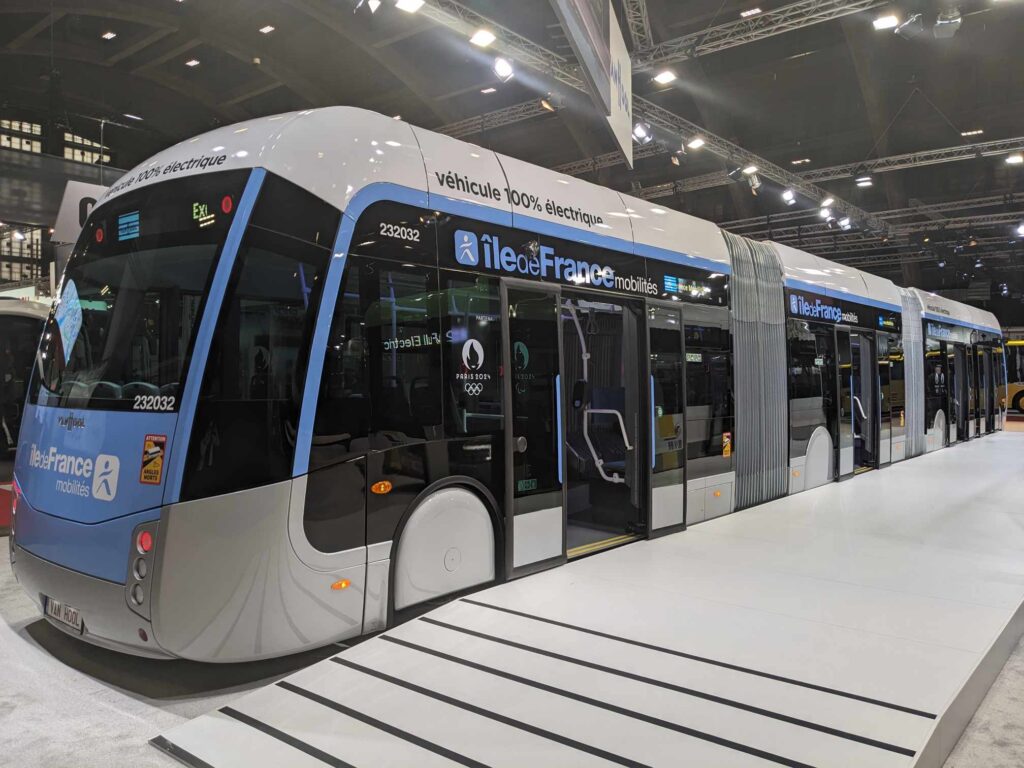
Consequently, in the opening session of the ZEB Conference, Michael Dolman, Partner at Element Energy Ltd acknowledged that the prominence of zero-emission buses at the exhibition was a testament to the significant progress made since the last Busworld event in 2019.
What’s more, the conference highlighted that these vehicles are in demand from operators, with cities across Europe setting targets for converting their fleets to zero-emission drives. Among the most ambitious of these, both Brussels and Copenhagen are aiming for 100% of their city fleets to be zero-emission by 2025.

Thanks to these supply and demand factors, Eamonn Mulholland, Researcher at the International Council on Clean Transportation (ICCT) noted that 2023 marked the first year in which the sale of electric city buses has overtaken the sale of diesel models in Europe.
However, Mulholland also noted that this drive was causing a shift in the market, where new players were stepping up to supply more electric and hydrogen models than traditional manufacturers.
As one of the largest manufacturers, Daimler Buses currently sells around a quarter of all buses in Europe. Compared to other big players, it also has one of the most ambitious targets, aiming to only sell zero-emission buses from 2030. Meanwhile, MAN is aiming for 90% of its sales to be electric by 2030; Iveco and Volvo have set reduction targets of 40–50% for diesel buses by this date; and Scania aims for 50% of its sales to be zero-emission by 2030, rising to 100% by 2040.
Despite these targets, Mulholland acknowledged that these manufacturers were not currently leading in the sales of zero-emission models. Indeed, data shows that the major manufacturers, who represent 45 percent of the sales of internal combustion engine vehicles, produce less than one percent of the zero-emission buses supplied in Europe.
Instead, smaller manufacturers such as Karsan, who only sell zero-emission buses, are succeeding in the market in this area.

Notably, major manufacturers such as Scania and Volvo have recently cited this increased competition and requirement to invest in new sustainable technologies as significant factors in their decisions to close factories and restructure their businesses, thus demonstrating the notable impact of this changing market.
Meanwhile, although these major manufacturers are developing and launching new zero-emission vehicles, such as those showcased at Busworld, the production rate of these models is arguably not yet sufficient to confidently meet demand.
Indeed, during a panel discussion on ‘Overcoming Barriers to ZEB Deployment’, Kristoffer Tamsons, Vice-Chairman of the Swedish Public Transport Association, argued that as many operators were now beyond the stage of piloting small numbers of zero-emission buses and were looking to place bulk orders, production needed to become more efficient and reliable.
Kristoffer Tamsons, Vice-Chairman of the Swedish Public Transport Association said:The industry many times has not been able to produce the buses that we need at a time that we need them and we have been forced to use older buses for longer than we were hoping for. So, we need also to get production up and for production to be more reliable when it comes to electrification.
It is thus apparent that in light of the growing demand for zero-emission vehicles, both new and old manufacturers need to step up to this challenge and support operators in achieving their ambitious targets.
Challenges of ZEB Deployment
In addition to procuring new vehicles, the ZEB Conference at Busworld highlighted the additional challenges that operators face when transitioning to a zero-emission fleet.
Brieuc de Meeûs, CEO of STIB-MIVB, public transport operator for Brussels, and Elke Van Den Brandt, Brussels’ Minister of Mobility, Public Works and Road Safety spoke of the hurdles the city has had to overcome to ensure it meets its 2025 zero-emission fleet target.
For example, the city has had to purchase more buses than previously operated to offer the same service, adapt city infrastructure to enable opportunity charging, construct a new depot and secure additional land in a busy urban area to build it, and provide adequate training for STIB-MIVB’s workers.
At the ZEB Conference, Brieuc de Meeûs confirmed that this transition in Brussels comes at an estimated cost of 1 billion EUR to maintain its existing service with zero-emission vehicles.

Furthermore, the conference also acknowledged that these measures alone are not sufficient to truly decarbonise the sector. Instead, the energy system as a whole needs to be considered, as well as the lifecycle of the vehicles and their batteries.
This focus emphasises the need for the energy sector to invest in renewable energy and expanded grid capacity. In addition, it calls for an evaluation of the entire supply chain, rather than a sole focus on tailpipe emissions.
Klaus Bonhoff, Head of Department Policy Affairs, Federal Ministry for Digital and Transport, Germany said:It is not only about buying an electric bus. If we really are talking about zero-emission buses, we must also look into the energy factor of where do we get the energy that we are charging these buses with? We need to look into a lifecycle perspective when it comes to carbon footprint and the production of the buses. And also look into social questions when it comes to how these buses are produced.
So I think if we really want to talk about sustainability and zero-emission buses and taking this leap as far as we can, then there are no quick fixes. We need to look into a lot of issues, and I think that is also something that we should be more aware of when it comes to these kinds of investments. They are big, we need to do them, but we need to do them in the right way.
These discussions underline the key challenges that remain prominent in the transition to zero-emission buses and call attention to the ongoing need for industry collaboration to overcome them.
Although the number of electric and hydrogen-powered vehicles on display at Busworld showcased the success and progress in the sector, it is thus crucial not to get carried away with their shiny exteriors and impressive credentials and instead, ensure the relevant targets remain realistic and constructive.

